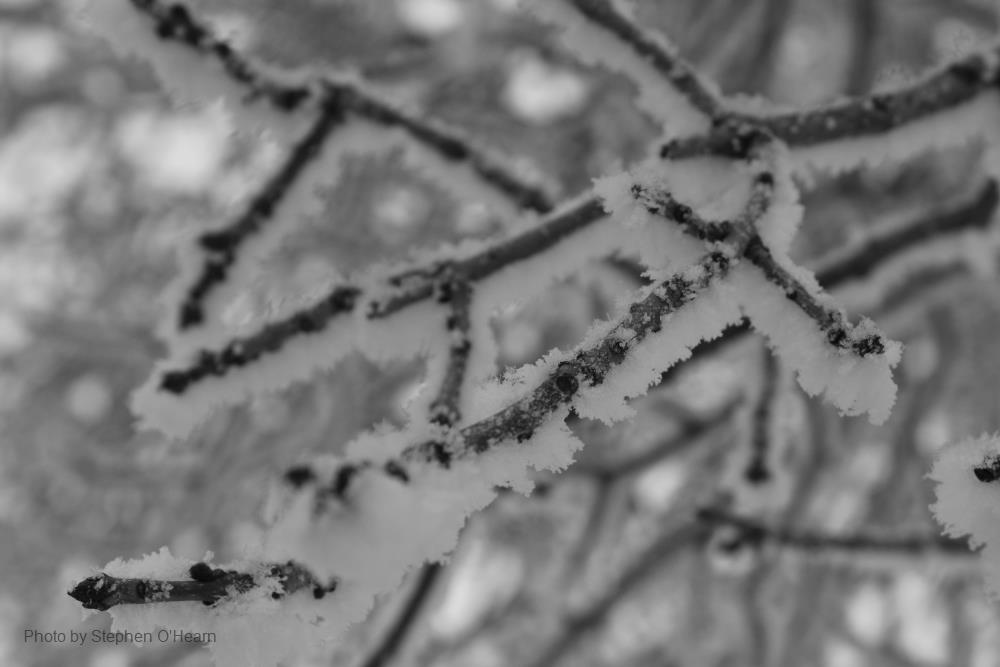
Related items loading ...
Section 1: Publication
Publication Type
Conference Presentation
Authorship
Dallosch, M.A., Duguay, C.R., Kheyrollah Pour, H.
Title
Lake Ice as a Predictor of Algal Biomass in North American Great Lakes
Year
2022
Publication Outlet
10th International Conference on Agro-Geoinformatics & 43rd Canadian Symposium on Remote Sensing. Quebec City, QB, Canada, July 11-14th, 2022
DOI
ISBN
ISSN
Citation
Dallosch, M.A., Duguay, C.R., Kheyrollah Pour, H. (2022) Lake Ice as a Predictor of Algal Biomass in North American Great Lakes. 10th International Conference on Agro-Geoinformatics & 43rd Canadian Symposium on Remote Sensing. Quebec City, QB, Canada, July 11-14th, 2022.
Abstract
As the Arctic climate warms there have been observed changes in snowfall and rainfall, as well as increasing evaporation, deepening of the active layer, changes in soil water storage, and changes in slope runoff. These combine to impact streamflow and runoff in poorly understood ways. Previous research has shown that it is not clear whether these changes will result in the Arctic becoming wetter or dryer. The summer of 2021 was an example of the latter for the Inuvik area, with the 7th warmest summer and driest July on record (Environment and Climate Change Canada). This presented a unique opportunity to study a warm and dry summer that may be an example of a future drying Arctic allowing insight into what might be expected. The research outlined here will address this issue using a physics-based model, GEOtop, to carry out numerical experiments. GEOtop is a permafrost hydrology model able to explore the processes controlling frost table depths and runoff over the summer. GEOtop is designed to handle micro topographies common across much of the Arctic tundra. We will apply GEOtop to a long-term research watershed in the western Canadian Arctic. Specifically, we will focus on Siksik Creek, a sub catchment of Trail Valley Creek Research (TVC) watershed, located 50 km north of Inuvik. Field data was collected throughout the summer of 2021. Data collection included measurements of frost table depths; water table depths; and stratigraphy and soil thicknesses across mineral earth hummocks and their inter-hummock zones. These data were collected along 15 transects that included a variety of terrain and vegetation types found in TVC. In addition to analyzing the 2021 field data, there is climate and streamflow data from other years across the 30-year period of record at TVC. We will then apply GEOtop to investigate the effects of a changing climate on the hydrology of the Siksik Creek region.
Plain Language Summary
The partitioning of precipitation between rainfall and snowfall is a crucial component of the evolution of the snowpack in mountains. Most snowpack models use the air temperature and humidity near the surface to derive the precipitation phase. However, the phase at the surface is strongly influenced by processes such as melting and refreezing of falling hydrometeors that occur above the surface. Atmospheric models simulate these processes and the corresponding phase at the surface. However, snowpack models rarely use this information. In this study, we considered two estimates of precipitation phase from an atmospheric model and tested them with a physically-based snow model over the mountains of southwestern Canada and northwestern United States. The results were compared with traditional approaches using the air temperature and humidity near the surface to derive the precipitation phase. Our results showed that the precipitation phase associated with the snow level obtained from the atmospheric model improved snowfall estimate and snowpack prediction compared to the traditional approaches. In contrast, the cloud/precipitation scheme of the atmospheric model decreased performance in phase estimate and snow simulations due to missing physical processes. Our study highlights that snowpack predictions in the mountains can be improved if valuable information is obtained from atmospheric models.
Section 2: Additional Information
Program Affiliations
Project Affiliations
Submitters
Publication Stage
N/A
Theme
Hydrology and Terrestrial Ecosystems
Presentation Format
poster plus 2-minute lightning talk
Additional Information
AOSM2022 NWF First Author: Brampton Dakin Additional Authors: David Rudolph, Philip Marsh, Fereridoun Reza Nezhad


 GWFNet
GWFNet Master
Master Data
Data Research
Research Map
Map
 Advanced
Advanced . . .
. . .

 Metadata Editor
Metadata Editor
 Record List
Record List
 Alias List Editor
Alias List Editor
 Legacy sites
Legacy sites